The Supermarine Spitfire Mk IX T9 in the aviation museum Hangar 10, which sits on the edge of the Baltic Sea, is an extremely rare piece of aeronautical history. Unlike the usual single-seater aircraft, this two-seater model was produced in the 1940s in only very small numbers. The plane even has dual controls, to enable instructors to teach their students the art of take-off, flight and landing, and also to take any necessary corrective action. However, the two pilots have no direct visual or audible contact with each other: the teacher would sit in a separate cockpit behind the pupil and was dependent on the radio link to his front man. A certain amount of trust in the abilities of the student pilot was also imperative – since the pilot in the rear cockpit is unable to see the runway in the approach for landing.
A turbulent history
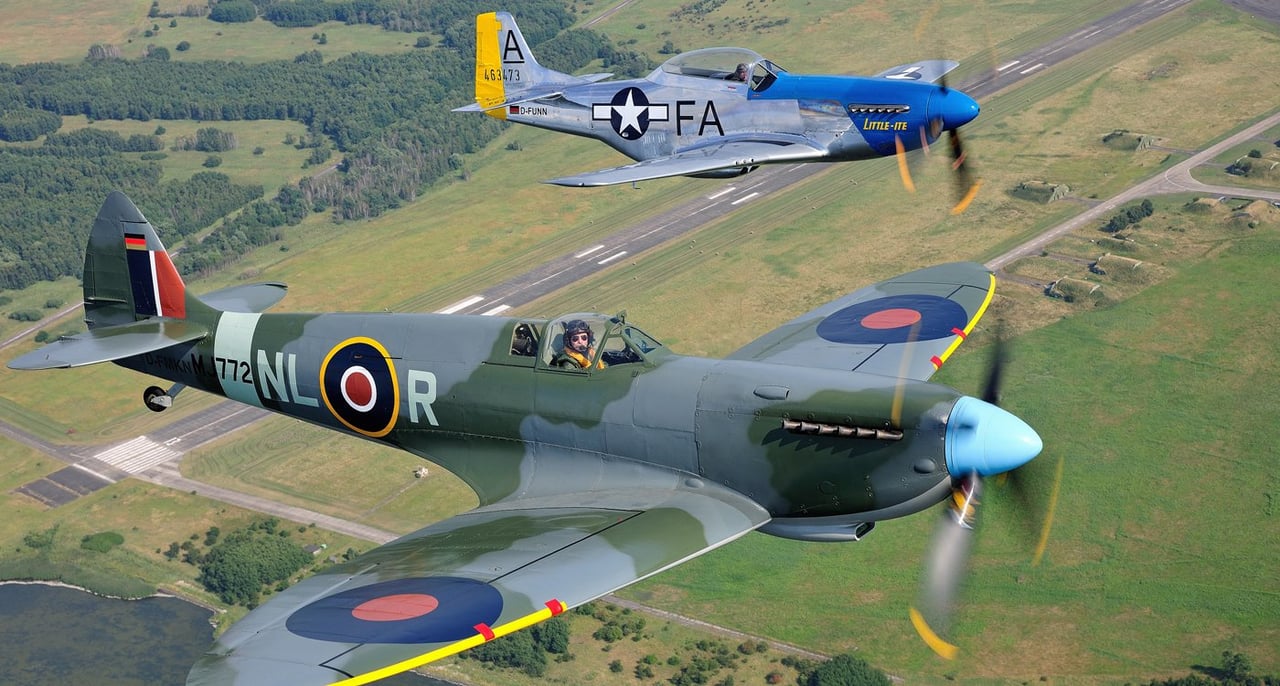
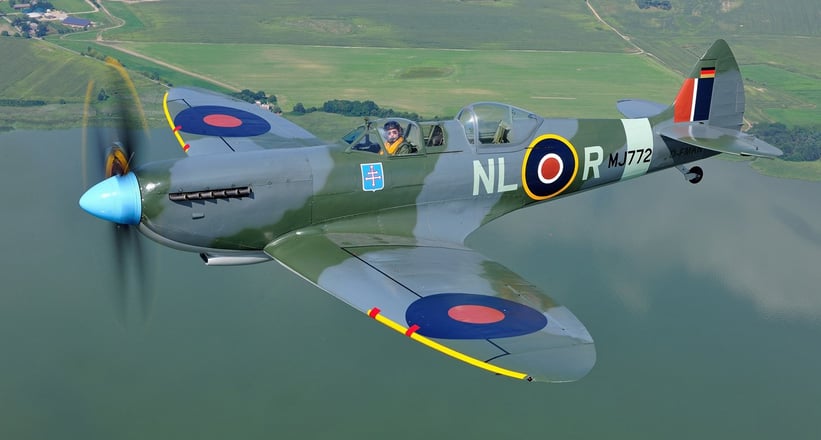
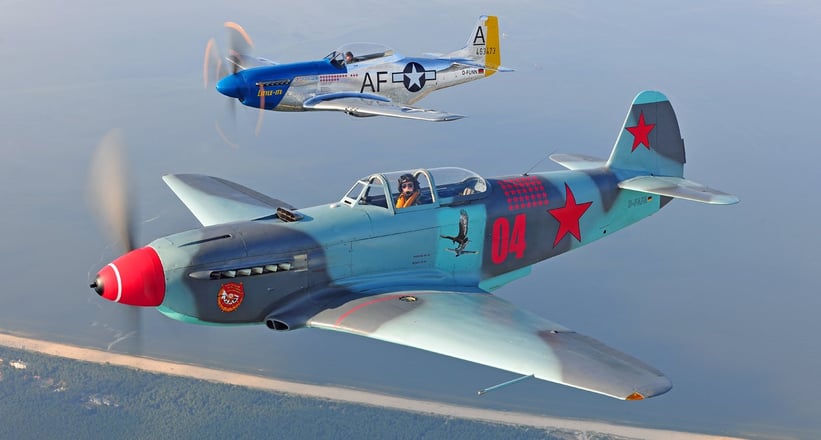
At the heart of the British classic sits an imposing Rolls-Royce Merlin 76 engine, its 27-litre capacity and 12 cylinders giving a whopping great 1,650HP. With the help of a four-blade variable-pitch propeller, the Spitfire can make rapid progress through the skies and sudden, steep climbs. If the throttle is pushed fully forward, a speed of about 650km/h is possible and, with so much power, a competent and sensitive hand is needed for take-off and landing. The story of this actual Spitfire is enough to send a slight shiver down your spine: in December 1943, the machine was delivered to the Royal Air Force and suffered damaged shortly after. After being repaired, it completed more than 300 missions in Normandy, before taking up a more peaceful role after the end of the War.
A hangar full of surprises
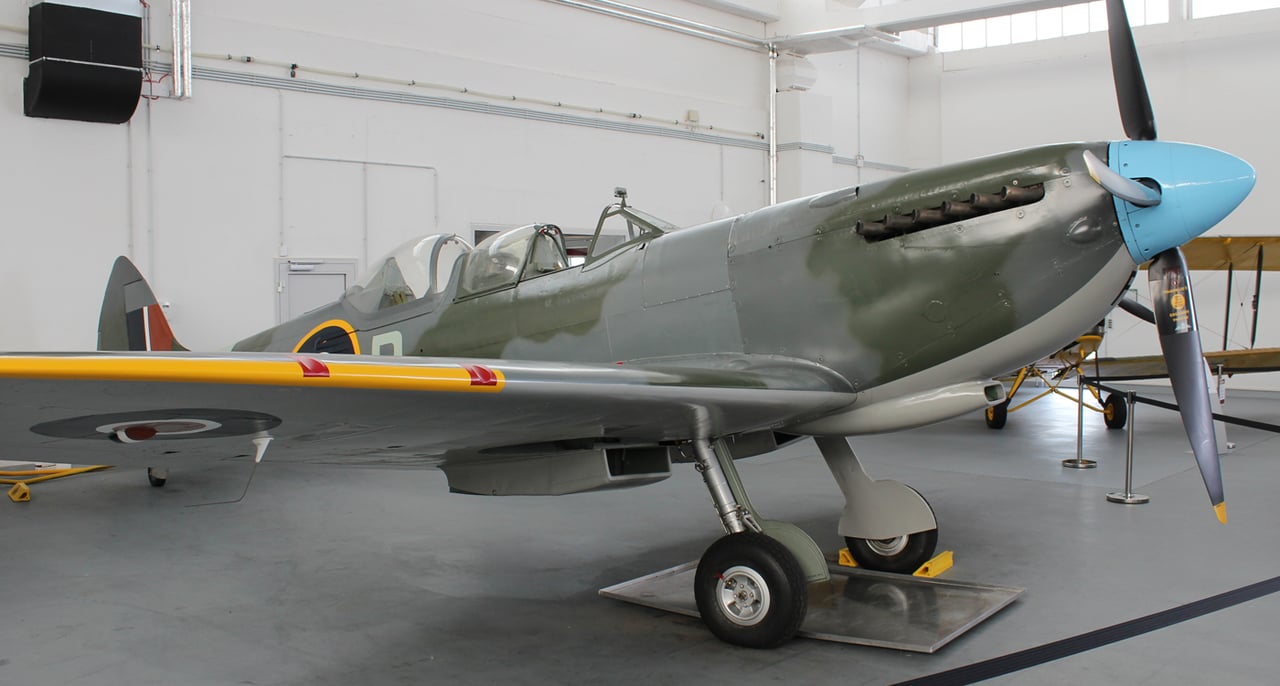
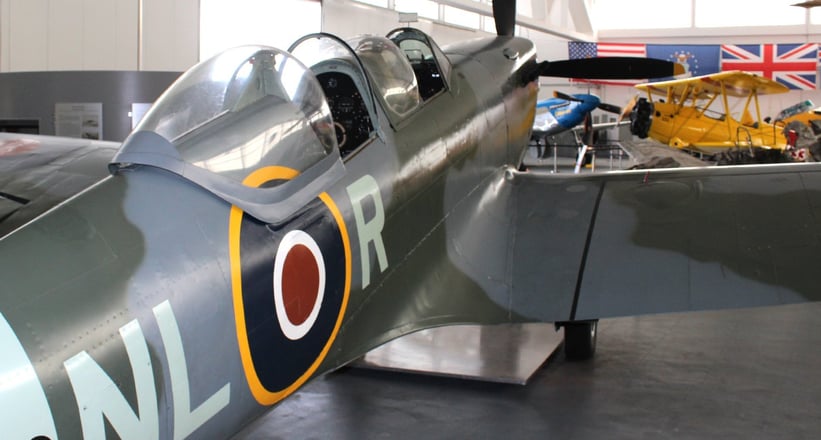
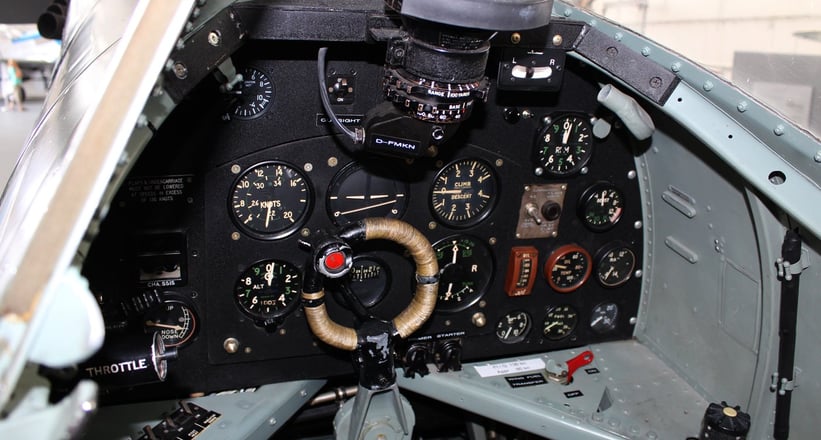
Also unusual is the location of the Spitfire in the Hangar 10 museum, on the northern German island of Usedom, right on the border with Poland. Other former warbirds from the 1940s include an American P-51 Mustang, a Russian Yak 9 and even a Fieseler Storch from Germany. In the not-too-distant future, the museum is also planning to welcome the only remaining airworthy two-seater Messerschmitt 109. Hangar 10 is the result of the determination of local pilot, aircraft enthusiast and entrepreneur Volker Schulke to realise his family’s dream of a flying vintage car museum.
An airman's dream come true
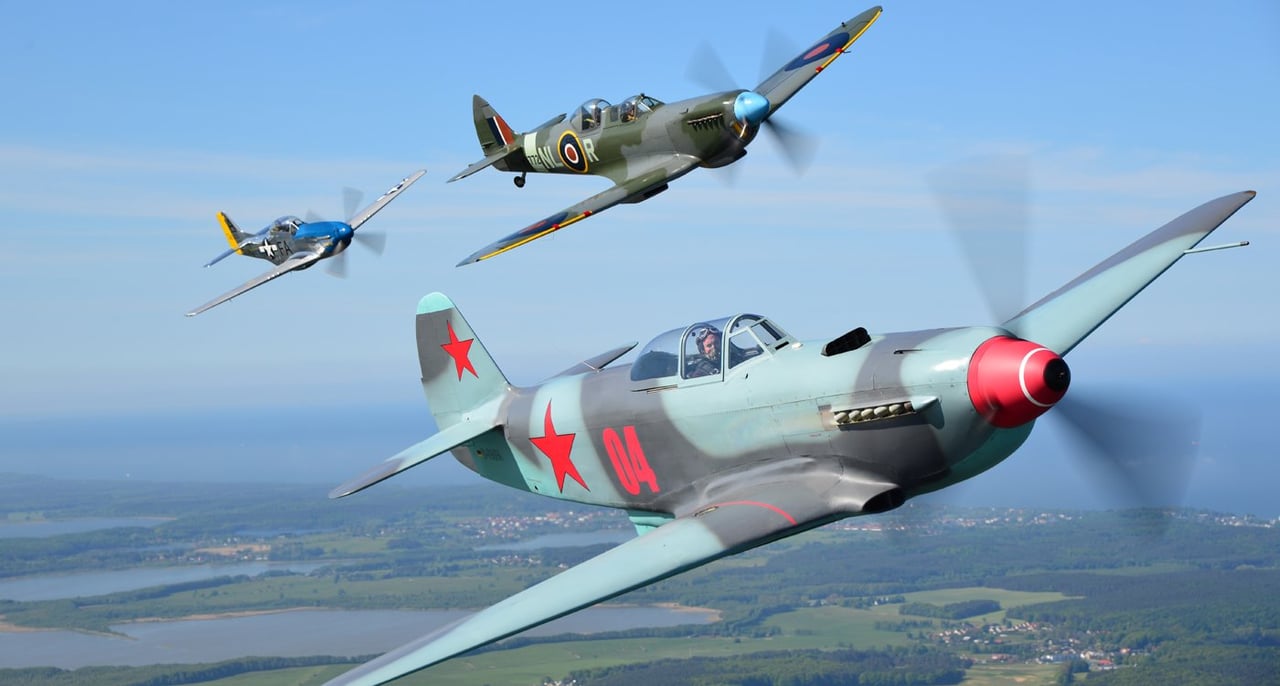
But now for the best part: aviation enthusiasts can actually fly in these rare gems. Anyone who dreams of such an experience can come to the twice-a-year ‘Air Fighter Academy’ days at Hangar 10 where, for the sum of 2,700 euros, you can take a half-hour flight in the Spitfire Mk IX T9 or her American counterpart the Mustang P-51D. The pilots of these rare classics are the renowned Spitfire expert Charlie Brown and Mustang professional Rob Davies, both from England. The atmosphere in Hangar 10 is very friendly, and each passenger is able to say what he or she hopes to get from the upcoming flight. No more than five guest flights per machine per day are arranged and, since the Heringsdorf Airport has an approximately 1.2-kilometre grass runway, conditions are ideal for these warbirds, which are better suited to grass slopes than paved runways. If the guest has a pilot’s licence (and the pilot agrees), the passenger is even allowed to take control of the stick, as both planes are equipped with dual controls. Otherwise, it is enough simply to enjoy the breathtaking climb rate and 1940s experience aboard the two former fighters.
Photos: Richard Paver / Hangar 10 / Jürgen Schelling











